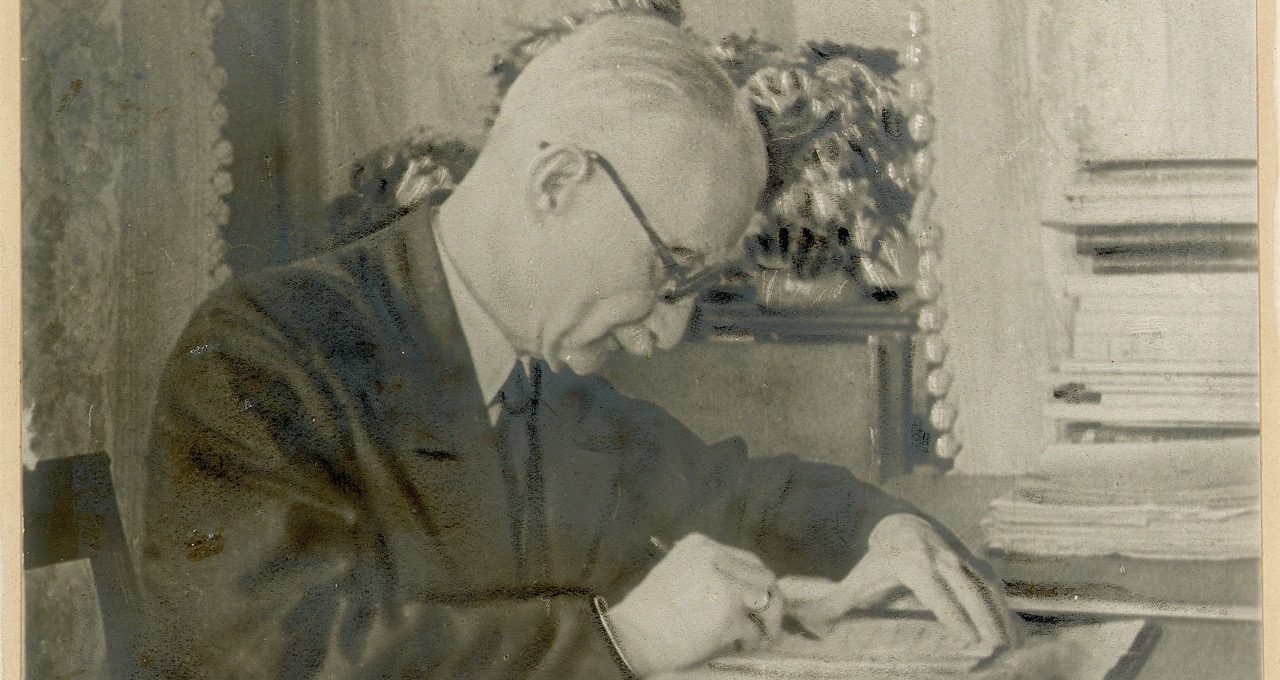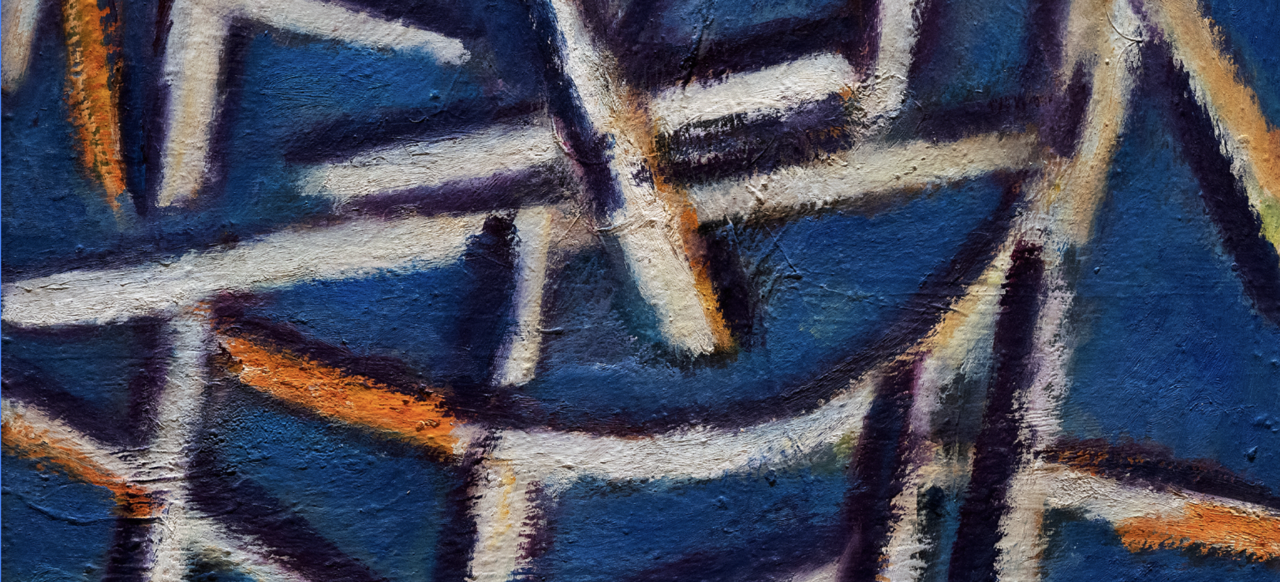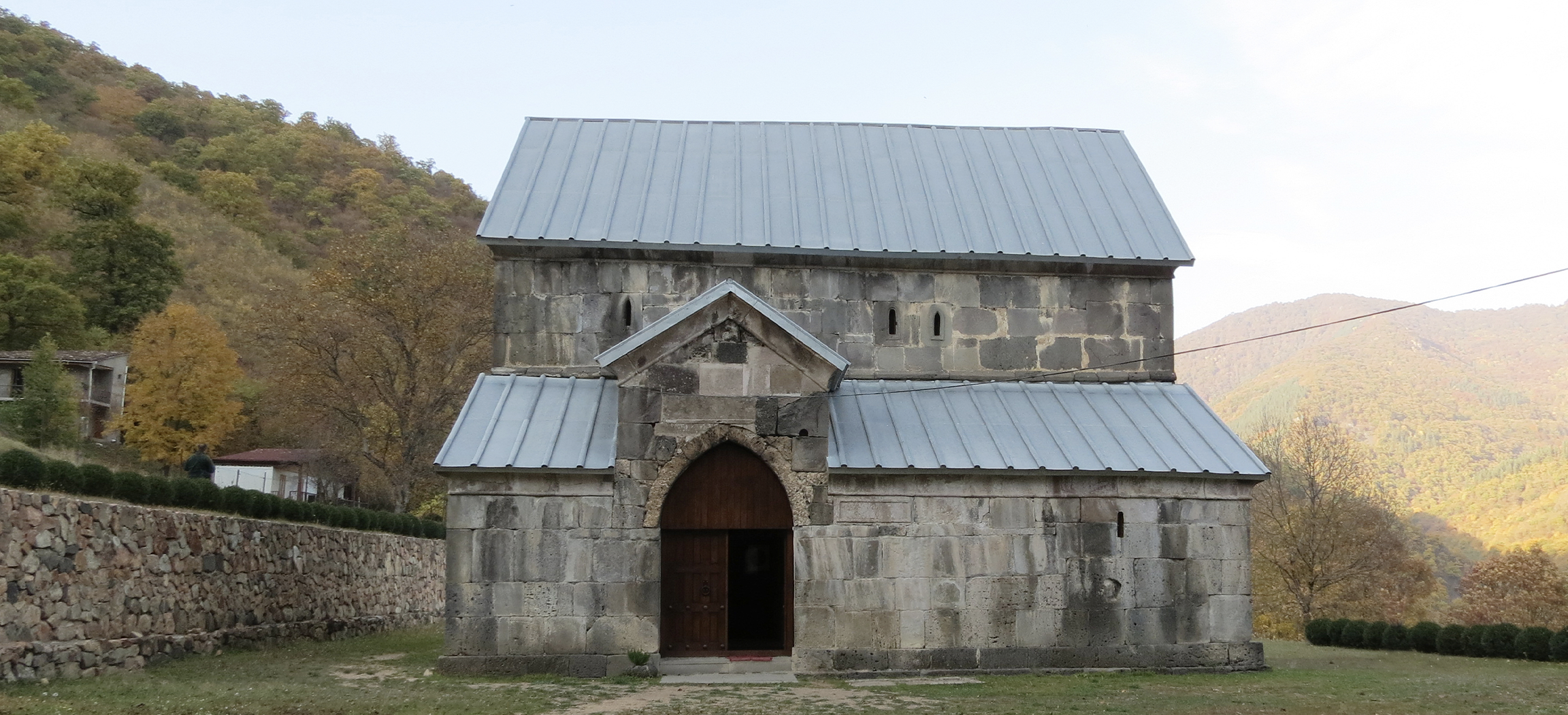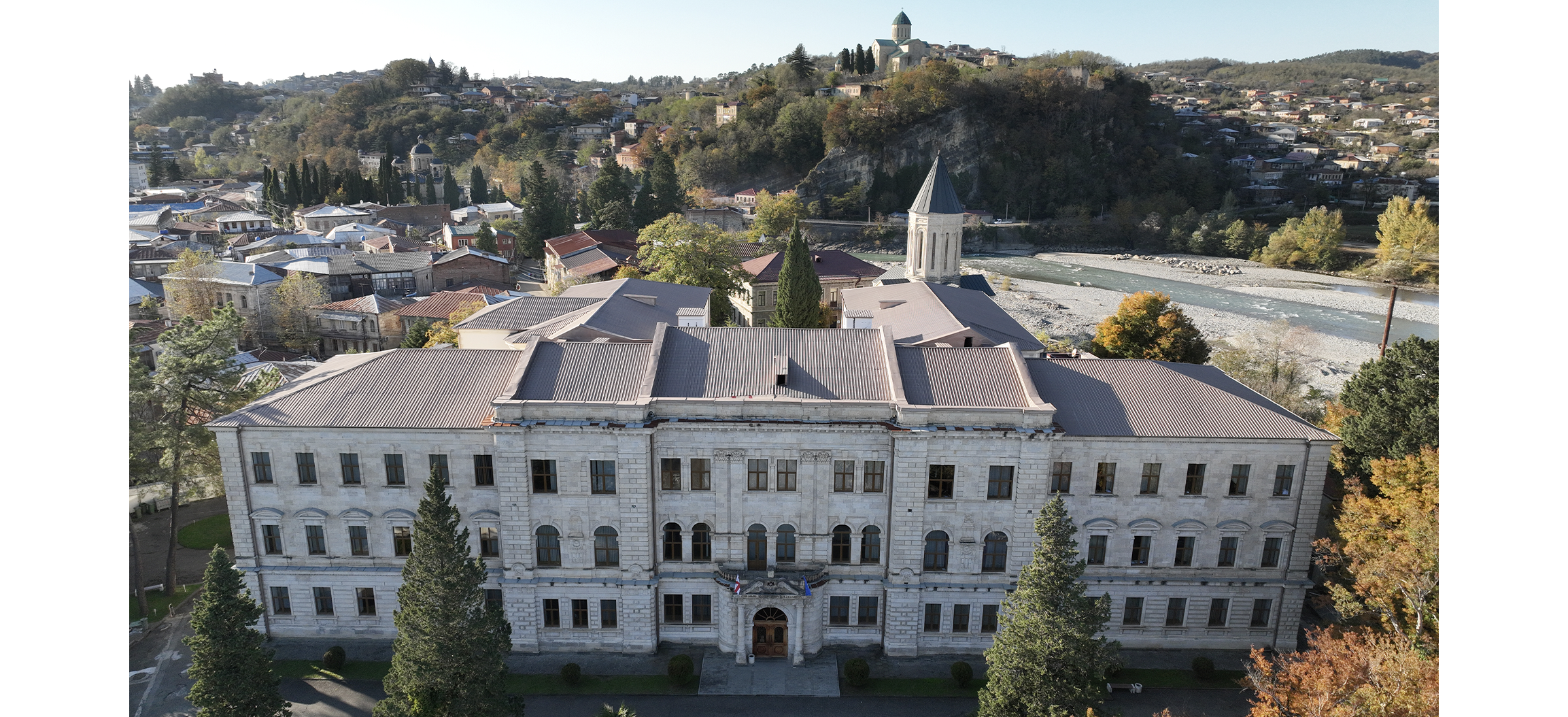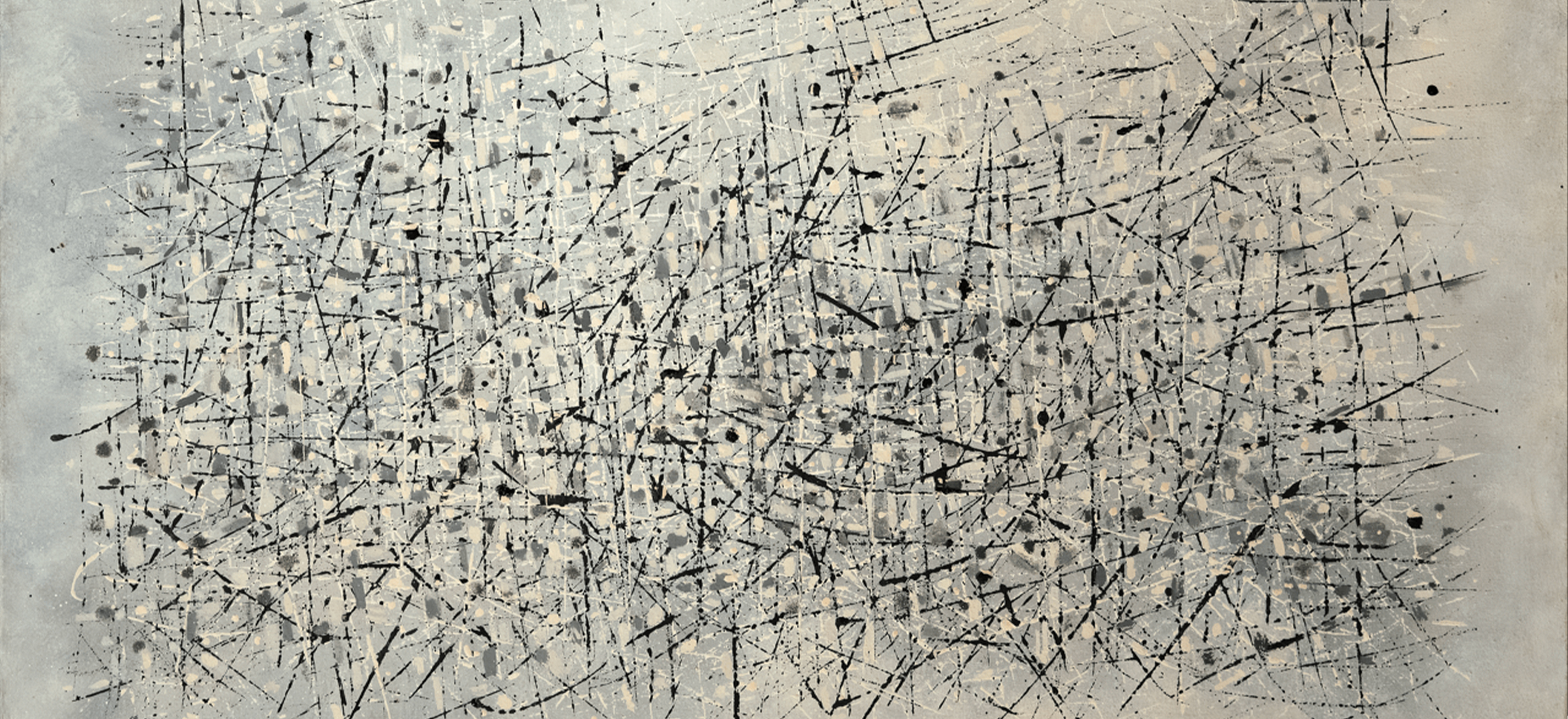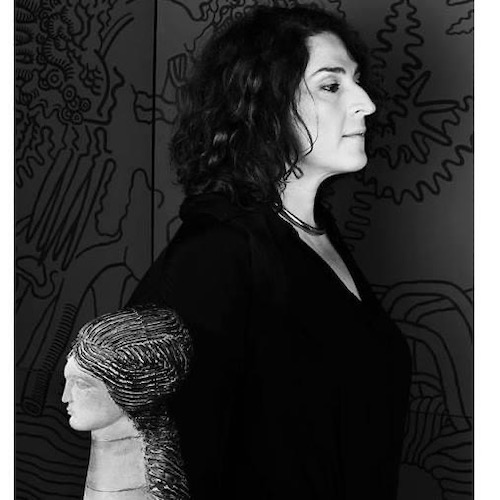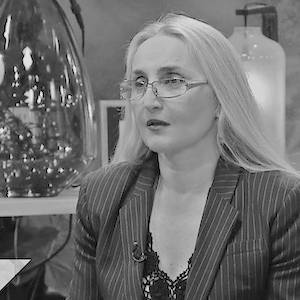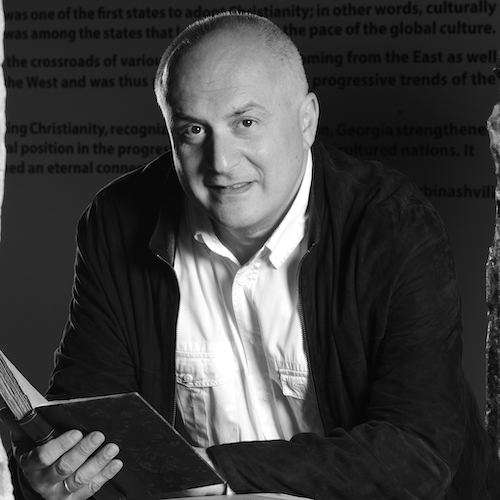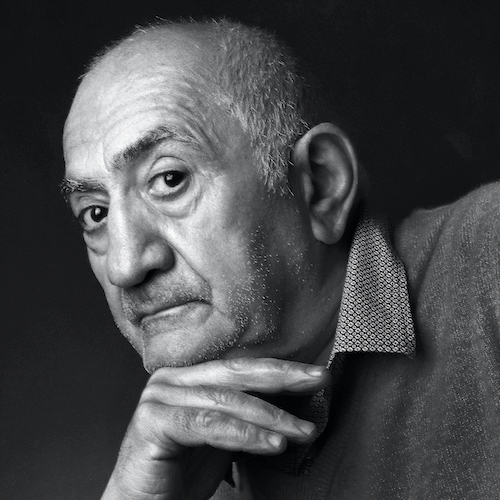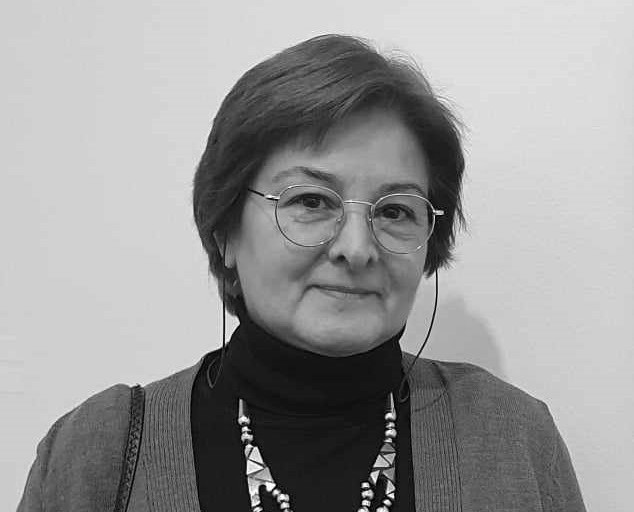Dr. Tsisia Kiladze (ციცია კილაძე) graduated from the Faculty of Architecture, History and Theory of Art at the Apolon Kutateladze Tbilisi State Academy of Fine Arts, with a specialization in Art History. Since 2006 she works as a researcher at the George Chubinashvili National Research Centre for Georgian Art History and Heritage Preservation in the position of chief researcher. She is employee of the Georgian National Museum, Department of Education. The particular interest of her scientific research is Georgian Painting and Georgian Modernism. Dr. Kiladze delivers lectures at the Tbilisi State Academy of Fine Arts, Theater and Film Georgian state University and Tbilisi Theological Academy and participates in conferences, and collaborates with scientific magazines. Author of numerous academic papers.


